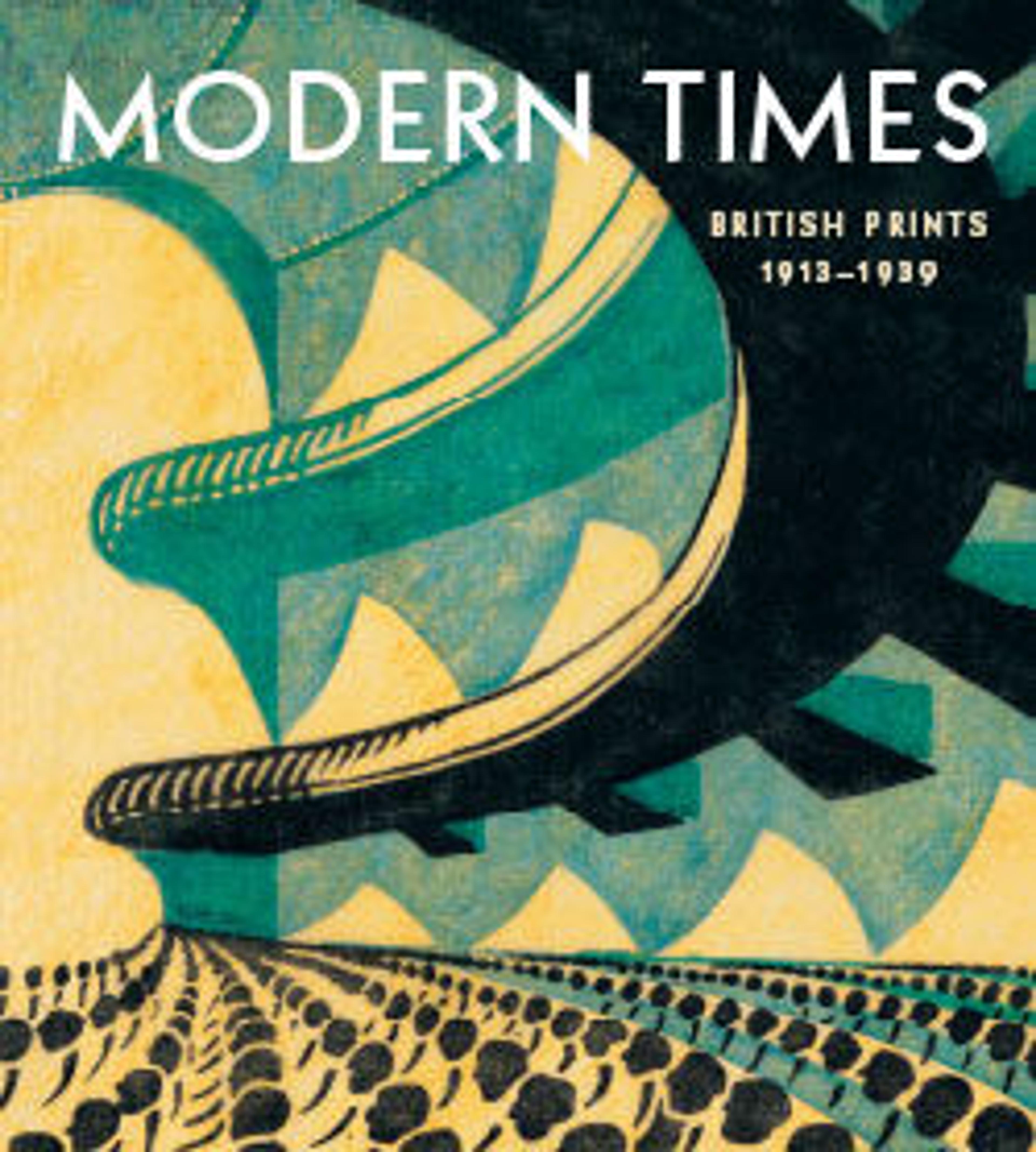The Eight
Leslie and Johanna Garfield have created an internationally renowned collection of modern and contemporary prints; among their deep and diverse holdings is an unparalleled collection of British modernist works on paper. Within this latter area, a particular focus has been on linocuts made by Grosvenor School artists during the interwar years. These vibrant works convey the dynamism of contemporary urban life through both subject matter and techniques developed using unconventional materials and processes, which allowed the artists to express the aesthetic of movement inherent in their subjects. One such work is Power’s The Eight, which depicts an overhead view of rowers racing along the Thames in preparation for the annual Head of the River Race—an image the artist saw from Hammersmith Bridge, located near his London studio. The Eight reflects the Grosvenor School artists' interest in depicting physical prowess and groups of people. To realize their vision, the artists embraced the linoleum cut, a relief-printmaking technique related to the woodcut. An inexpensive, synthetic material created in the mid- nineteenth century, linoleum not only connoted modernity but was easier to carve than wood and allowed artists to realize a greater variety of effects, such as flat planes of color, numerous textures, and long, sinuous lines. In The Eight, Power layered flat planes of colors and used both curvilinear and concentric lines, jutting diagonals, and sharp edges to represent positive aspects of modernity such as speed and efficiency; at the same time, the palette and composition evoke elements—such as plant forms—from the organic world.
Artwork Details
- Title:The Eight
- Artist:Cyril E. Power (British, London 1872–1951 London)
- Date:1930
- Medium:Color linocut on Japanese paper
- Dimensions:Image: 12 11/16 × 9 3/16 in. (32.3 × 23.4 cm)
Sheet: 15 3/16 × 10 1/4 in. (38.5 × 26 cm) - Classification:Prints
- Credit Line:Gift of Leslie and Johanna Garfield, in celebration of the Museum’s 150th Anniversary, 2019
- Object Number:2019.415
- Rights and Reproduction:© Estate of Cyril Power. All Rights Reserved, 2022 / Bridgeman Images
- Curatorial Department: Drawings and Prints
More Artwork
Research Resources
The Met provides unparalleled resources for research and welcomes an international community of students and scholars. The Met's Open Access API is where creators and researchers can connect to the The Met collection. Open Access data and public domain images are available for unrestricted commercial and noncommercial use without permission or fee.
To request images under copyright and other restrictions, please use this Image Request form.
Feedback
We continue to research and examine historical and cultural context for objects in The Met collection. If you have comments or questions about this object record, please contact us using the form below. The Museum looks forward to receiving your comments.
